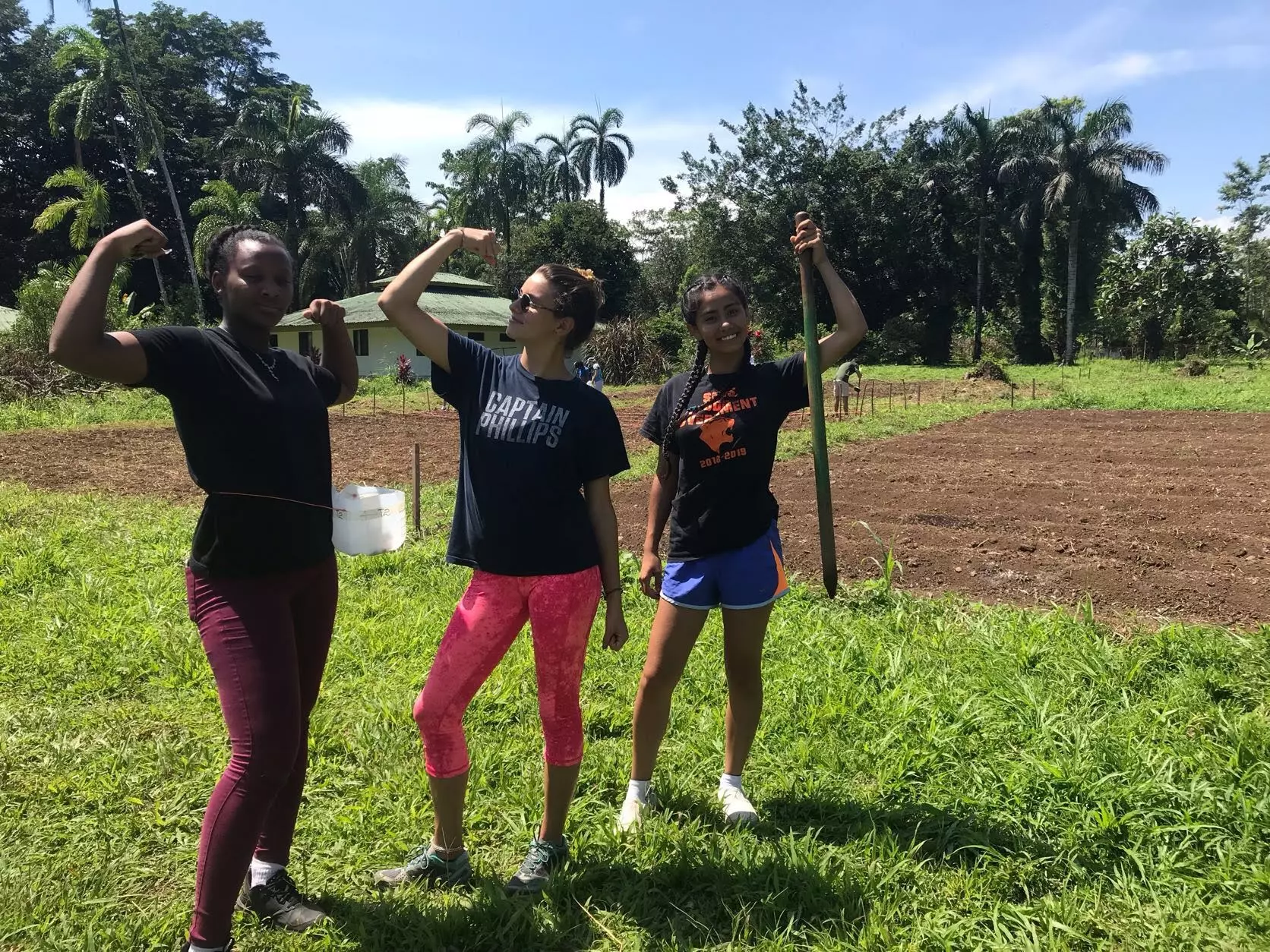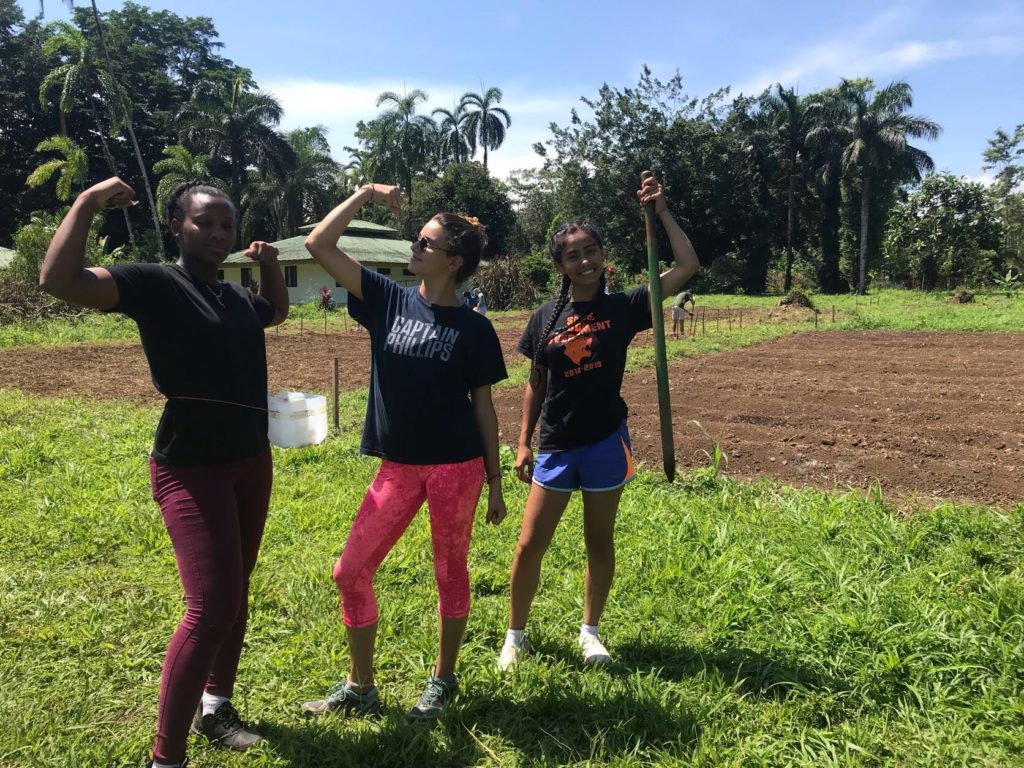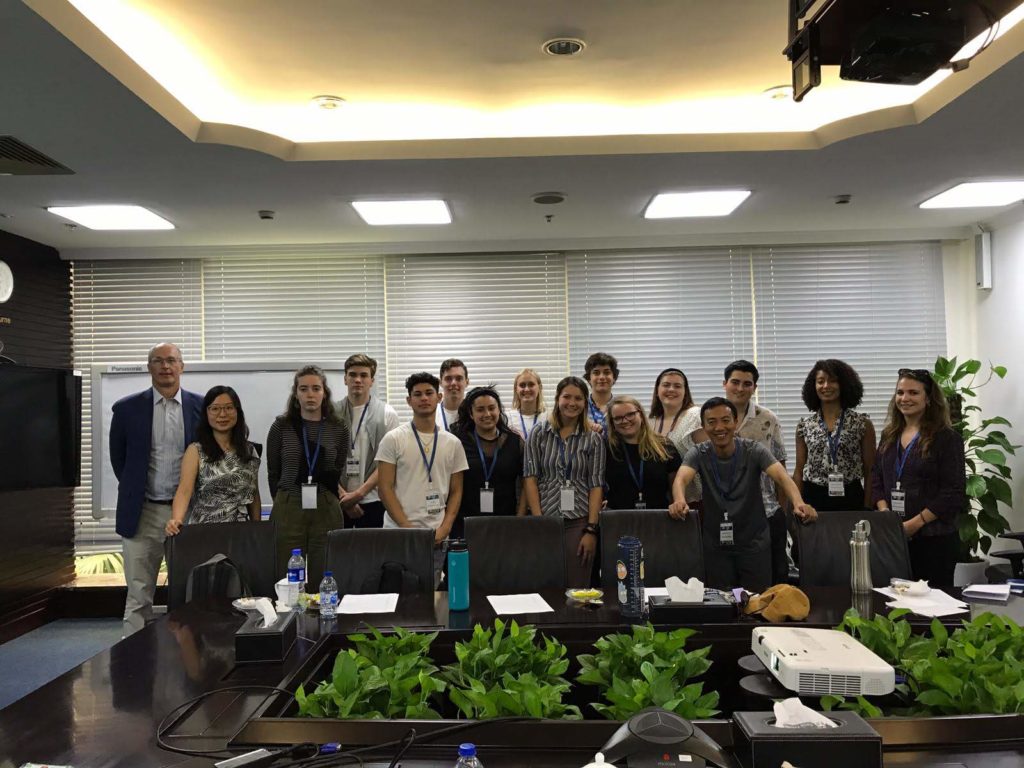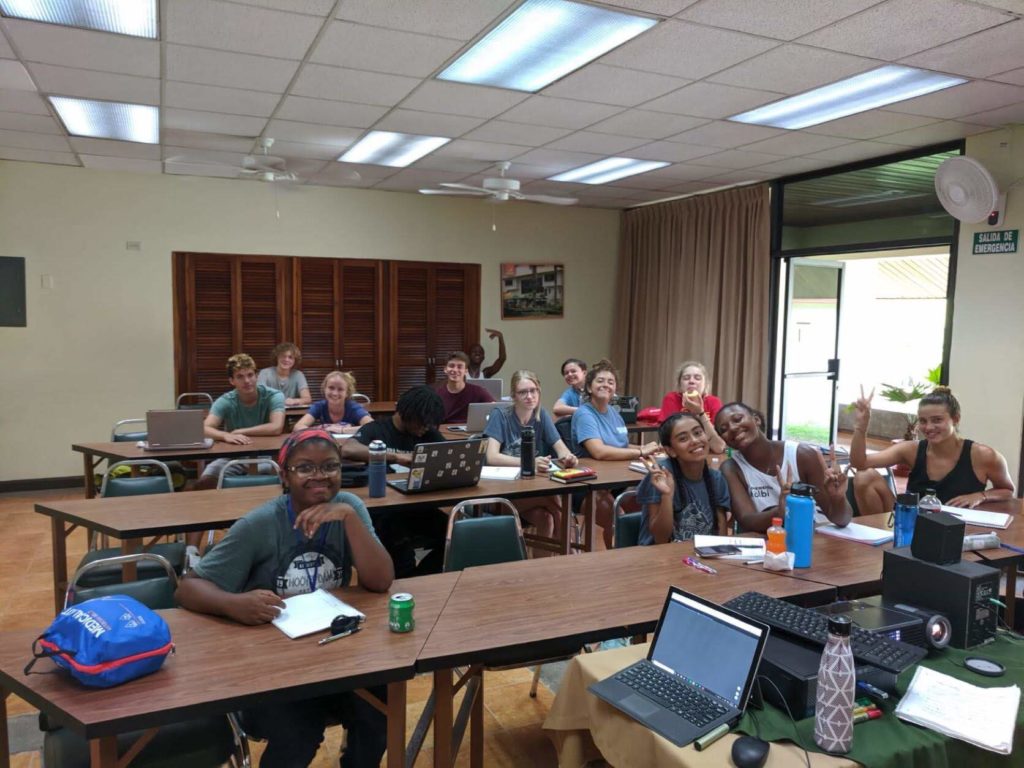In an episode of her podcast “On Being”, Krista Tippett interviewed Annette Gordon- Reed, author of “Most Blessed of the Patriarchs: Thomas Jefferson and the Empire of the Imagination” and Titus Kaphar, the award-winning artist whose works re- interpret history from the perspective of the unheard. At one point in the interview, Ms. Tippett asked the question “Where do people who mean well go wrong?” to which Ms. Gordon-Reed replied, “Let me count the ways. I mean…”
It occurred to me that as a former study abroad student and an international education professional, I have witnessed (and been guilty of) this phenomenon – doing harm when I meant to do good. As people who work in global education, we tend to be open-minded and progressive. We recognize the value of an education that expands beyond borders and classrooms, and believe that every student should have access to these world view-shifting experiences. Of course we want the best for all of our students. But in our quest to give our students the most positive experiences, we sometimes miss the mark, especially when it comes to students from marginalized backgrounds and those who don’t typically spend time abroad in high numbers. The most common mistake staff make is not taking into account how students’ identities and unique cultural backgrounds impact their experiences abroad. Here are 7 ways well-meaning staff do harm in international education:
1. We don’t do our homework on our host country.
Issues of racism, sexism, ableism and homophobia show up in unique ways in different country contexts. Program leaders and faculty need to research how these issues might play out with U.S. students in their host country. How might your queer student be affected in a country where homophobic incidents have been known to occur? This is not meant to wreak paranoia, but rather to help you prepare to prevent incidents when possible and mitigate them when necessary. Talk to your local staff about what the potential issues might be. Also, it is very important to examine the dynamics of power and privilege and where we are positioned in those dynamics. This often comes into play on programs where mostly white and affluent students enter poor communities of color to do service projects. Check your privilege and beware the optics!
2. We avoid discussions of identity.
Haas, Lamdin, and Tantillo conducted a survey of international education professionals for their presentation entitled “Whiteness Considered: Navigating Diverging Identities Between Students and Staff” at the 2019 Diversity Abroad conference. When asked “To what degree do you agree with the following statement, ‘I discuss identity with my students.’”, on a scale from 1-5 with 1 meaning they strongly disagree and 5 meaning they strongly agree, the average score was 2. The takeaway is clear: We aren’t discussing identity with students. It’s not the student’s responsibility to take the lead on these conversations – it’s ours. When I traveled abroad for the first time to study in Madrid, I had a lot of difficulty dealing with how many stares I received. It seems Spanish people weren’t accustomed to seeing people of color, and their reaction was curious (and sometimes rude) stares. I didn’t dream of talking to my white program leader about this because I figured she either didn’t know about it or couldn’t relate. She hadn’t mentioned that this was something I might expect in Spain, so to me her silence was telling.
One way to broach the subject is to talk about your own identities and how they have impacted your lived experiences. Talk about the “isms” at home and abroad. Seeing how bias plays out in other cultures provides us with an opportunity to examine similarities and differences at home and abroad with students. You must be honest with yourself and others about how your personal style helps or hinders the teaching/leading process and work to improve your comfort level in having these conversations.
3. We don’t admit when we’ve messed up.
You don’t know it all, and you’re going to make mistakes. It’s ok. However, the worst thing you can do is to not own up to those mistakes. Students see right through this. When I have a student that uses the pronoun ‘they’, I tell them I will try my best to use the right pronoun, but since I don’t use ‘they’ in a non-gender-binary way on a daily basis, I might slip up sometimes. I invite them to correct me and I apologize in advance. However, don’t use lack of knowledge or having good intentions as an excuse to act with impunity. Own your impact.
4. We minimize student reports of discrimination.
There is no quicker way to lose a student’s trust than to tell them, “I’m sure it was nothing.” Hold space for students. Employ active listening, ask how you can support them, and don’t assume you know how to “fix” it. When a student comes to you about an incident they encountered, acknowledge the amount of trust it took for them to do so and thank them for that trust. Approach these situations with compassion, report them to management and always follow up later to see how the student is doing.
5. We sweep incidents under the rug.
When an incident occurs to or within the group, it’s crucial not to ignore it. Give students a chance to share their thoughts, emotions and reactions. Such reflections allow for healing and learning. Don’t ignore it just because the itinerary is packed. On one of my programs, our students were tasked with interviewing people on the street in a small town in the U.S. A Latinx student was asked by the person she was interviewing if she was documented. She later expressed anger and helplessness at being asked such a question. With her permission, we later debriefed as a group and empowered students to strategize on how they could handle these types of incidents in the future.
It’s usually best to check in one-on-one with the student first: “I noticed that this happened. Are you ok?” Some students will prefer to keep the discussion private. Others want to share in small affinity groups or do a silent journaling exercise. Incorporate a variety of reflection styles. Manage the group dynamic and champion allyship. If we discuss and embody what it means for students to be allies for each other, we have taught them an essential life skill.
6. We don’t learn about our students on a cultural level.
Expand your cultural footprint. If you know your social circles (your friend group, your neighbors and those you work with) are not diverse, admit that you have work to do! Seek to learn about people from different backgrounds. Read Native American, Black and Latinx authors. Rachel Cargle’s Instagram page provides some excellent recommendations for how to decolonize your bookshelf.
7. We don’t learn about our students on an individual level.
Don’t assume all students of a particular identity group will have the same experience. Don’t ask your underrepresented students to speak for everyone of their group. Ask individual students directly how you can support them. Although many underrepresented students are accustomed to being the only “one” in the group and may be good at being chameleons, don’t assume no news is good news. There may be some things they aren’t telling you. Building trust with students takes time, but it is essential if you want them to feel comfortable sharing with you. This happens, not by telling them to trust you, but by demonstrating in all of the small ways that you care about them as individuals and want to see them thrive.
Travel abroad is an undertaking that involves risks and rewards. Underrepresented and historically marginalized students incur more risk than others when traveling to other countries. Some of those risks are:
– Identity confusion: “You may be Black at home, but here you’re just American.” or “You don’t look American.” (i.e., a non-white person not fitting the stereotypical picture of an American)
– Safety concerns
– Discrimination by peers
– Isolation (i.e., when peers and faculty minimize their reports of discrimination)
– Comments about their appearance, hair or skin
– Fetishization and objectification (i.e., people wanting to take pictures of them or excessive unwanted sexual attention or harassment)
– Language discrimination: “Puerto Ricans don’t really speak Spanish.” or “A Chinese person should speak better Chinese.”
Some of these risks we cannot do anything about, no matter how much we try to protect our students. But we still need to be aware of them. Others are things that we as professionals can prevent, avoid or mitigate. This is why our work in international education is so important. Our students are at the crux of adulthood and forming their sense of self. What happens at this stage will have a huge impact on the rest of their lives. We have an opportunity to demonstrate that the risk of travel is worth the reward and to make study abroad an experience that is truly for everyone.





